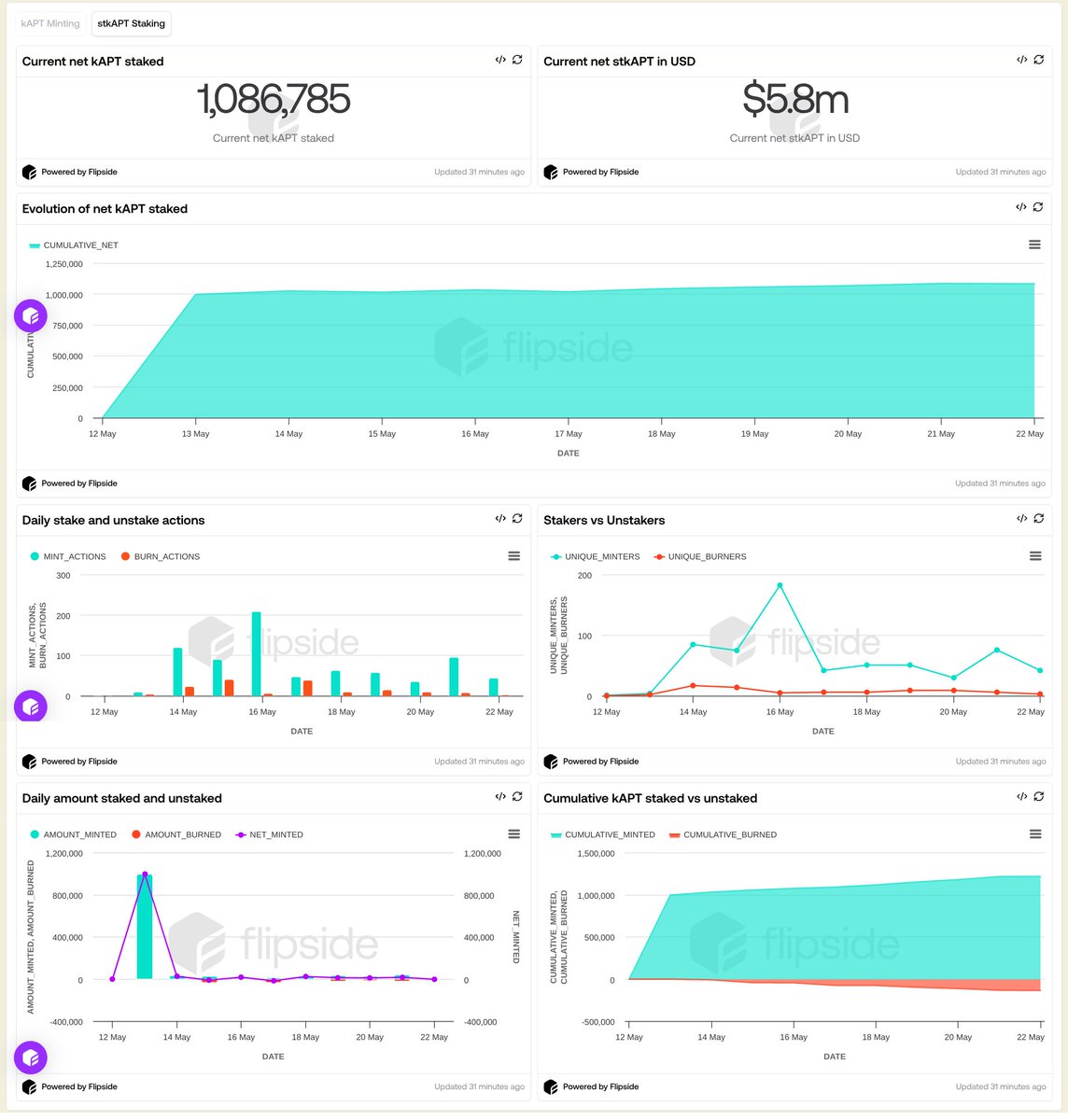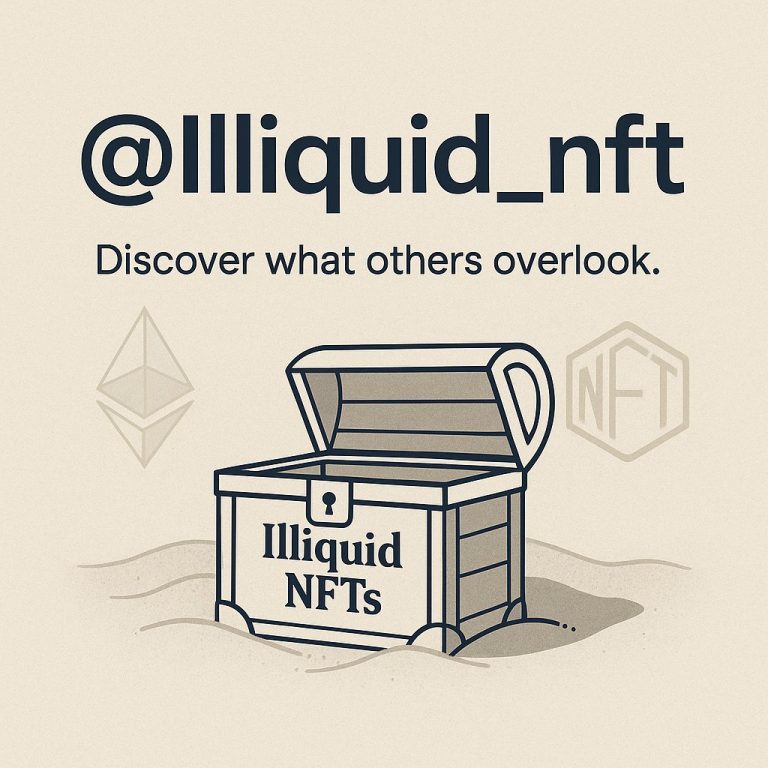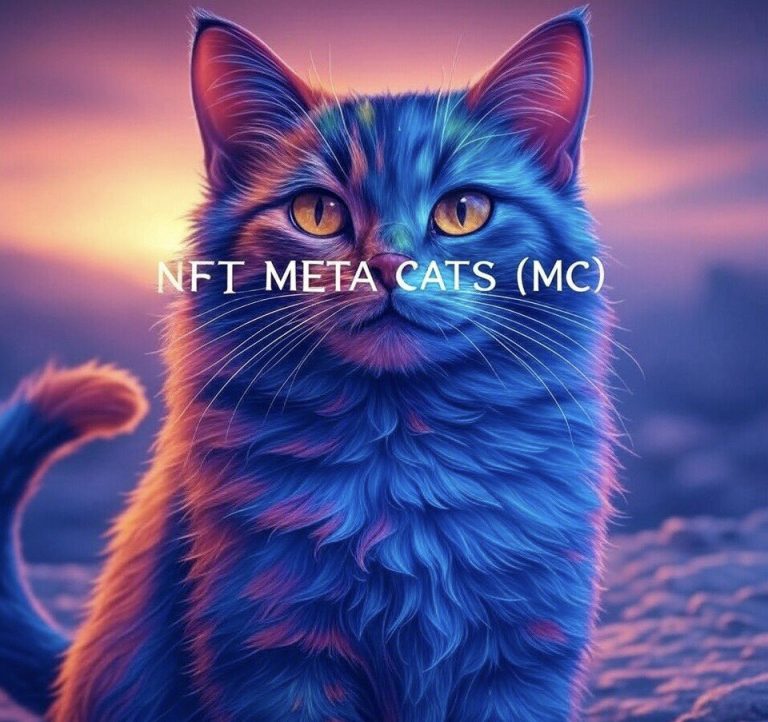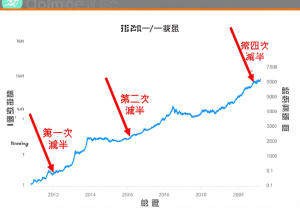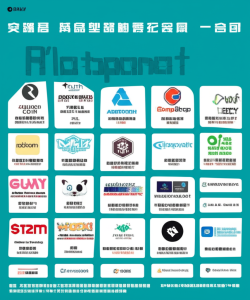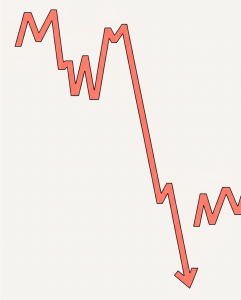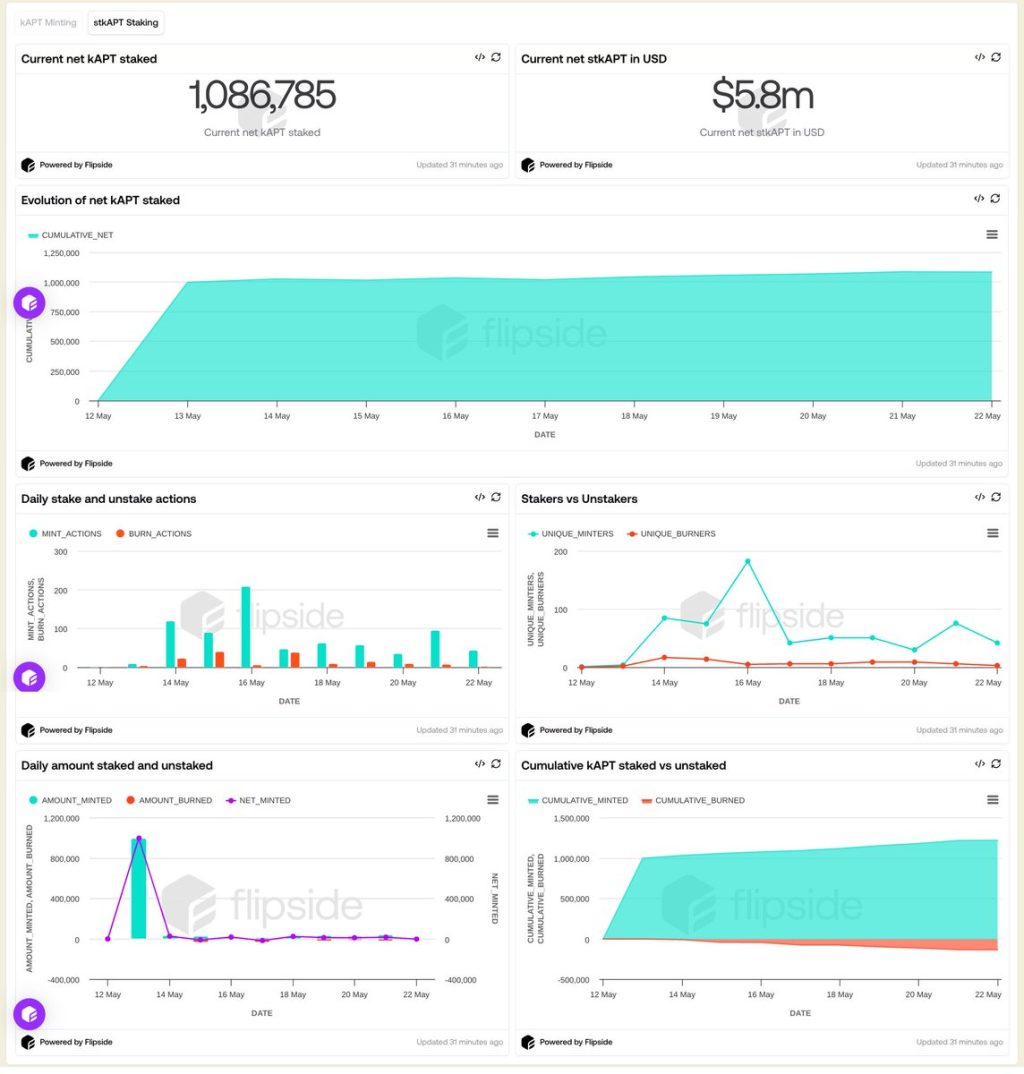
Exploring Key Developments in the NFT and Blockchain Ecosystem: A Snapshot from Late May 2025
The blockchain and NFT universe continues to expand at a staggering pace, weaving innovation into various industries and reshaping digital experiences. Recent updates from May 2025 reveal significant growth metrics, cutting-edge patent filings, and fresh projects blending AI, gaming, and Web3. This report dives deep into these developments, unpacking their implications for investors, users, and the broader technology landscape.
—
Riding the Wave of kAPT: Impressive Growth in a Week
Starting with the cryptocurrency sector, the token “kAPT” has shown spectacular growth almost immediately since its launch on May 14, 2025. According to social signals shared by crypto analyst Cristinatinto:
– $11.8 million kAPT minted: This denotes strong initial demand and liquidity creation.
– 2.2 million+ kAPT tokens circulating: A healthy number evidences active community participation.
– $5.8 million stkAPT staked: Substantial locked value suggests investor confidence.
– Over 1 million stkAPT earning MEV-based rewards: Highlighting the integration of Miner Extractable Value (MEV) mechanisms rewarding stakeholders.
This fast-moving picture suggests kAPT isn’t just riding speculative waves but is tightly integrated with innovative staking and reward protocols, possibly utilizing MEV strategies to capture better yields for participants[1].
The question arises: what makes kAPT so compelling? Its value proposition likely centers around combining token economics with sophisticated blockchain incentives, attracting both passive holders and active traders. The ability to earn MEV rewards also implies that network participants can capitalize on transaction ordering or arbitrage opportunities within the protocol, offering a dynamic revenue stream beyond straightforward staking yields.
—
Bridging the Gap: LG’s Patent Connecting NFTs and Television
In a fascinating crossover of entertainment technology and blockchain, LG recently filed patent US20250159272A1, focusing on integrating NFTs with TV platforms. This innovation aims to embed NFTs directly into the broadcast experience, enabling users to interact with digital assets linked to specific scenes.
Key features of this patent include:
– Scene analysis units: Software capable of analyzing broadcast content to identify moments where NFTs are linked.
– Seamless communication with NFT marketplaces: Allowing users to buy, sell, or view NFTs connected to scenes in real-time.
– Enhanced viewer engagement: By gamifying or monetizing viewing experiences through digital collectibles.
This patent signals a bold step toward merging traditional media consumption with blockchain’s decentralized asset ecosystem[2]. Imagine watching a sports event and being able to instantly access, bid on, or showcase NFTs representing key plays or moments — elevating TV viewing from a passive to an interactive, participatory activity.
The practical challenges include ensuring the technology can operate with low latency and establishing user-friendly interfaces amid potentially complex NFT ownership structures. Yet, if successful, this approach could redefine media engagement while opening new revenue streams for broadcasters and digital artists.
—
Bitcoin Reaches All-Time Highs Amid NFT and DAO Activity
Bitcoin (BTC) continues to dominate headlines by hitting new all-time highs (ATH), fueling excitement across digital asset communities. Noted crypto watcher Lurky highlights several converging factors:
– BTC’s ATH naturally draws investor attention and speculative momentum.
– The emergence of BeanIE DAO alongside NFT floor price scarcity has created a vibrant secondary market.
– The integration of Twitter monetization strategies points to novel ways creators and investors capitalize on the social platform’s vast user base[3].
Together these point toward a maturing asset class where cryptocurrency price action influences NFT ecosystems and decentralized autonomous organizations (DAOs). The synergy between price surges and active community engagement often sparks self-reinforcing cycles of value and participation.
For investors, understanding these dynamics is critical. Bitcoin’s strong performance offers a baseline confidence that can trickle into adjacent sectors like NFTs and DAOs, but market nuances require active monitoring of liquidity, tokenomics, and governance changes.
—
Introducing Emile: AI-Driven NFT as a Living Agent
Perhaps the most intriguing innovation in this report comes from the project Emile, which reimagines NFTs as living, AI-powered agents. Unlike static digital art or collectibles, Emile NFTs are:
– Handmade and fully rigged: Crafted with careful detail to exhibit lifelike qualities.
– Memory-based and interactive: Capable of recognizing, learning from interactions, and evolving.
– Emotionally responsive: Designed to simulate reactions and moods.
– Future-proofed for continuous compatibility: Ensuring longevity across platforms and iterations[4].
This concept transcends simple ownership, creating what some might call digital companions or autonomous entities on the blockchain. Emile is not merely a token but a dynamic experience, potentially transforming how users relate to NFTs—from passive collectors to active co-creators or companions.
The implications are vast, ranging from entertainment and gaming to mental health applications, social media, and virtual assistants. However, ethical considerations may surface once NFTs gain autonomy and emotional depth, raising questions about attachment, consent in AI interactions, and digital rights management.
—
Binance’s TGT: Merging Web3 and AAA Gaming
Lastly, Binance Alpha’s airdrop project TGT offers a glimpse at the future of blockchain gaming ecosystems. Built by Japan’s play3 Ltd., TGT combines:
– Web3 infrastructure with AAA gaming experiences: Bringing high-quality graphics and storytelling to decentralized games.
– Dual gameplay modes: A “Base Mode” focused on training NFT beasts and managing assets, alongside more advanced interactive components.
– Entertainment-driven model: Blending gaming with token economics and community-driven functions[5].
This initiative exemplifies the growing trend where blockchain gaming is shedding early-stage clunkiness in favor of rich, engaging content. By incorporating NFTs as in-game assets with real-world economic utility, projects like TGT seek to balance fun, competition, and meaningful ownership.
Success will hinge on user adoption, game quality, and seamless integration of crypto-assets without overwhelming players new to crypto concepts.
—
The Road Ahead: A Convergence of Digital Innovation
The snapshots from mid-2025 reflect a vibrant and multifaceted expansion of blockchain technologies. From explosive token launches like kAPT to patent-pending TV-NFT integration by LG, and from AI-powered NFTs redefining ownership with Emile to evolving crypto-gaming ecosystems led by Binance’s TGT—each development points toward an increasingly immersive and decentralized future.
These innovations don’t exist in isolation; instead, they collectively illustrate how blockchain is transitioning from a financial tool to a foundational technology underpinning culture, entertainment, and digital identity.
Stakeholders—whether investors, developers, or users—must keep pace with these fast-moving trends, balancing enthusiasm with critical analysis of practical implementation, market sustainability, and user experience.
The blockchain future is no longer tomorrow’s promise; it’s today’s ongoing journey, filled with creativity, complexity, and uncharted potential.
—
Sources
[1] https://twitter.com/nft_pokeworld/status/1659725800000000000
[2] https://patents.google.com/patent/US20250159272A1/en
[3] https://twitter.com/LurkyApp/status/1659612000000000000
[4] https://twitter.com/13Mieske13/status/1659600400000000000
[5] https://twitter.com/Crypto_Labs_EN/status/1659610500000000000

